The masses of the blocks A,B and C shown in fig (a) are 4kg,2kg and 2kg respectively Block A moves with an acceleration of 2.5ms−2
a. Block C is removed from its in position and placed on block A fig (b). What is now the acceleration of block C ?
b. The position of the block A and B subsequently interchanged find the new acceleration of C .
The coefficient of friction is the same for all the conect surface.

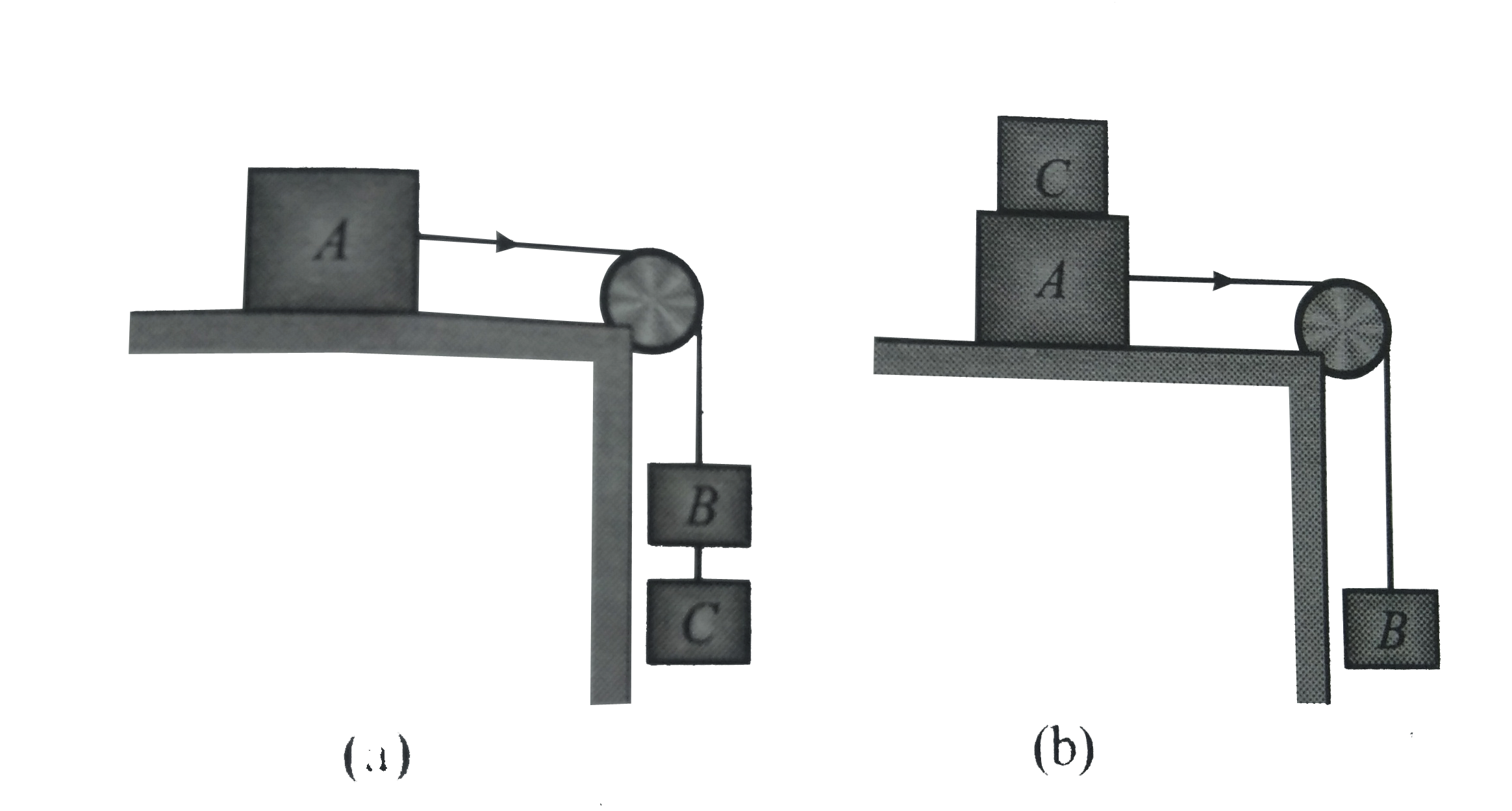
Given acceleration of the system , a=2.5ms−2
For B and C:2g+2g−T=(2+2)g ….(i)
For A:T−μN=4a⇒T−μ4g=4a ....(ii)
Solving (i) and (ii) , we get μ=0.5
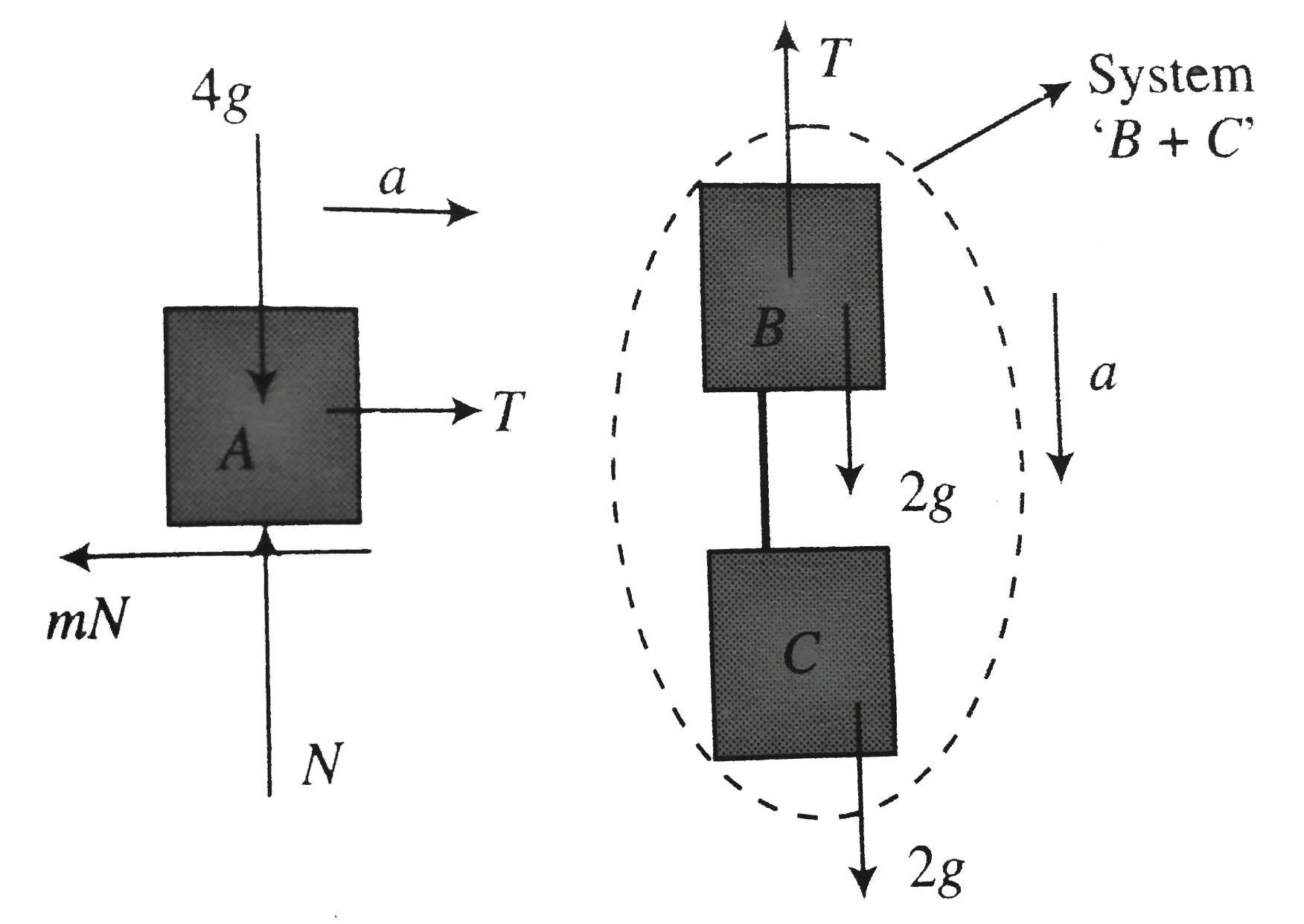
a. Let A and C move together with common acceleration a Then the acceleration of B is also a
2g−T=2a ....(i)
T−μ6g=6a ....(ii)
Solving these equation , a comes out to be negative , which is not possible, it means system will remain at rest and acceleration of C will be zero
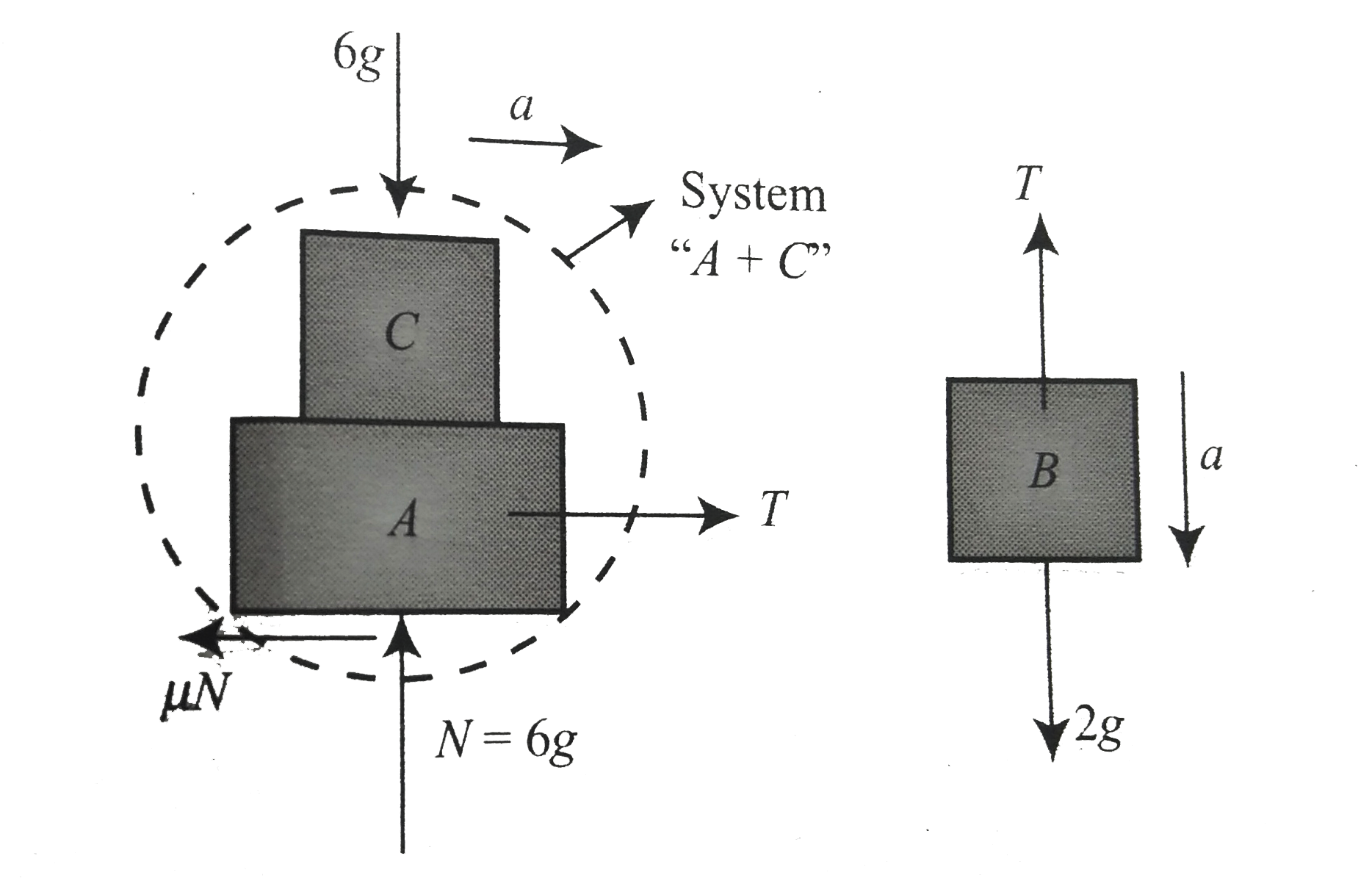
b. Let B and C move together
4g−T=4a,T−4μg=4a
Solving them a=2.5ms−2
Let f be the friction between B and C Then for C
f=2a=2×2.5=5N
it is because this acceleration to C is given by friction f Limiting friction between B and Cf1=μ2g=(1/2)×2g=10Nsincef<f1 , so C will slip on B Hence , acceleration of C=2.5ms−2
Topper's Solved these Questions
- NEWTON'S LAWS OF MOTION 2BOOK - CENGAGE PHYSICS ENGLISHCHAPTER - NEWTON'S LAWS OF MOTION 2EXERCISE - Solved Examples
12 Videos
- NEWTON'S LAWS OF MOTION 2BOOK - CENGAGE PHYSICS ENGLISHCHAPTER - NEWTON'S LAWS OF MOTION 2EXERCISE - Exercise 7.1
25 Videos
- NEWTON'S LAWS OF MOTION 1BOOK - CENGAGE PHYSICS ENGLISHCHAPTER - NEWTON'S LAWS OF MOTION 1EXERCISE - Integer
5 Videos
- PROPERTIES OF SOLIDS AND FLUIDSBOOK - CENGAGE PHYSICS ENGLISHCHAPTER - PROPERTIES OF SOLIDS AND FLUIDSEXERCISE - INTEGER_TYPE
2 Videos
Similar Questions
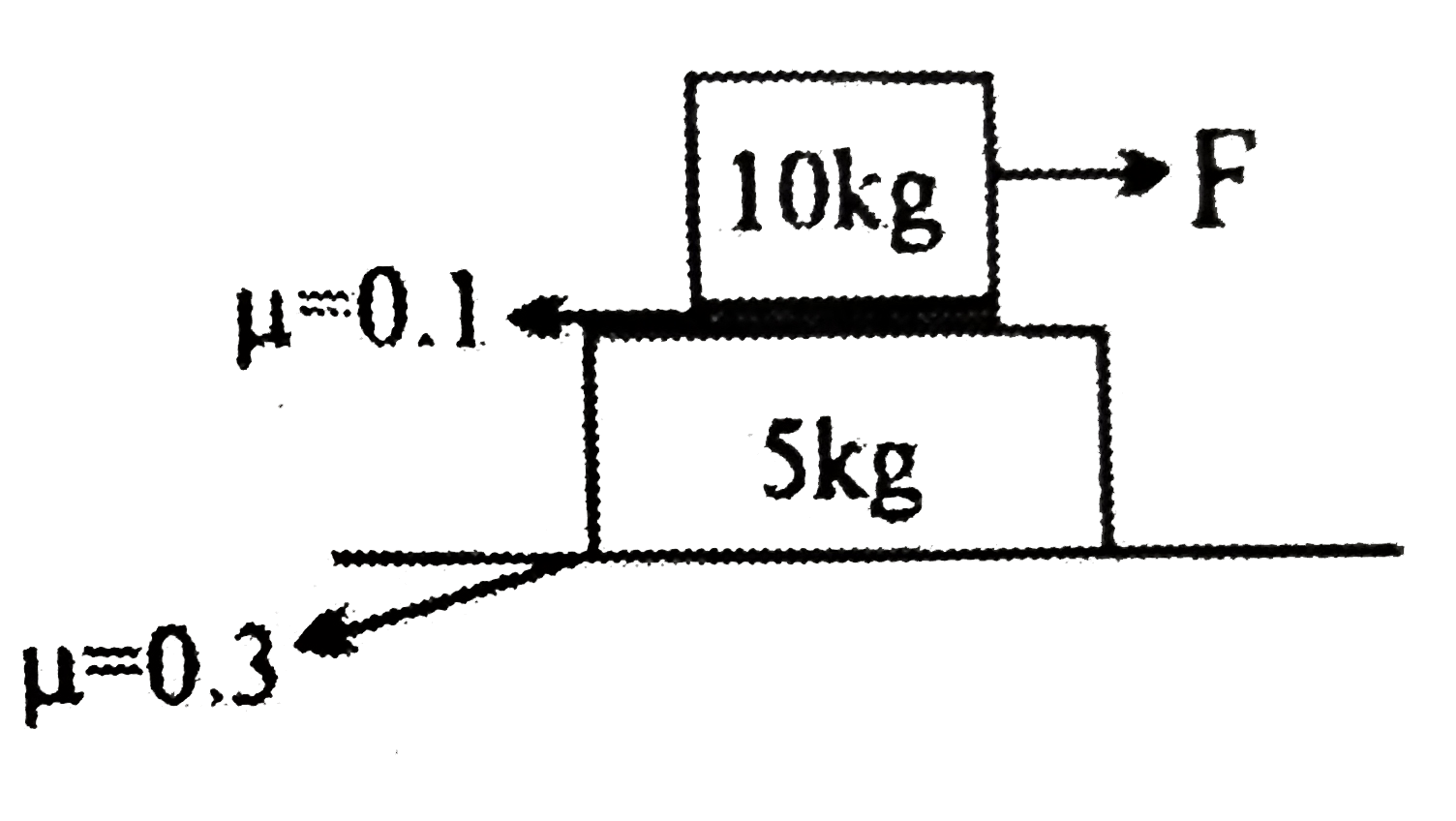
The maximum acceleration of 5 of kg block is :-
View SolutionThe acceleration of the 10 kg mass block shown in the figure is : -
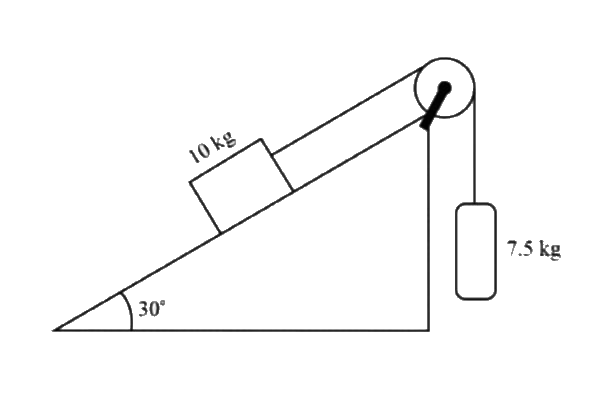
View SolutionCalculate the acceleration of block A and B in cases (a),(b), and (c ).
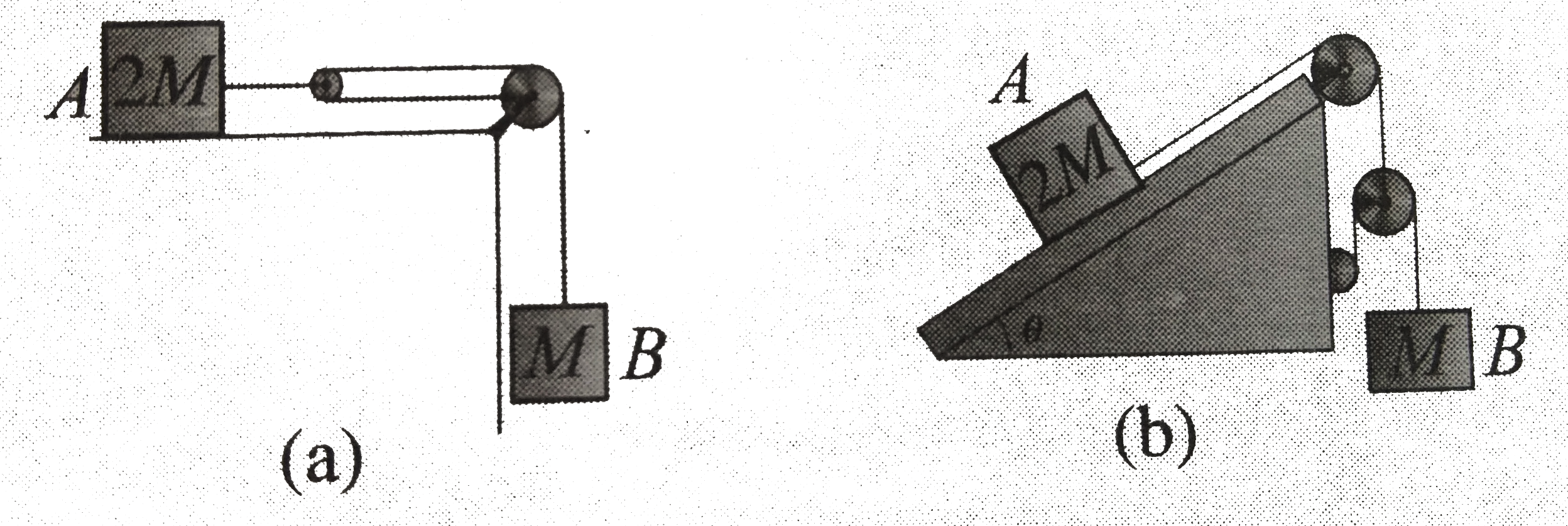
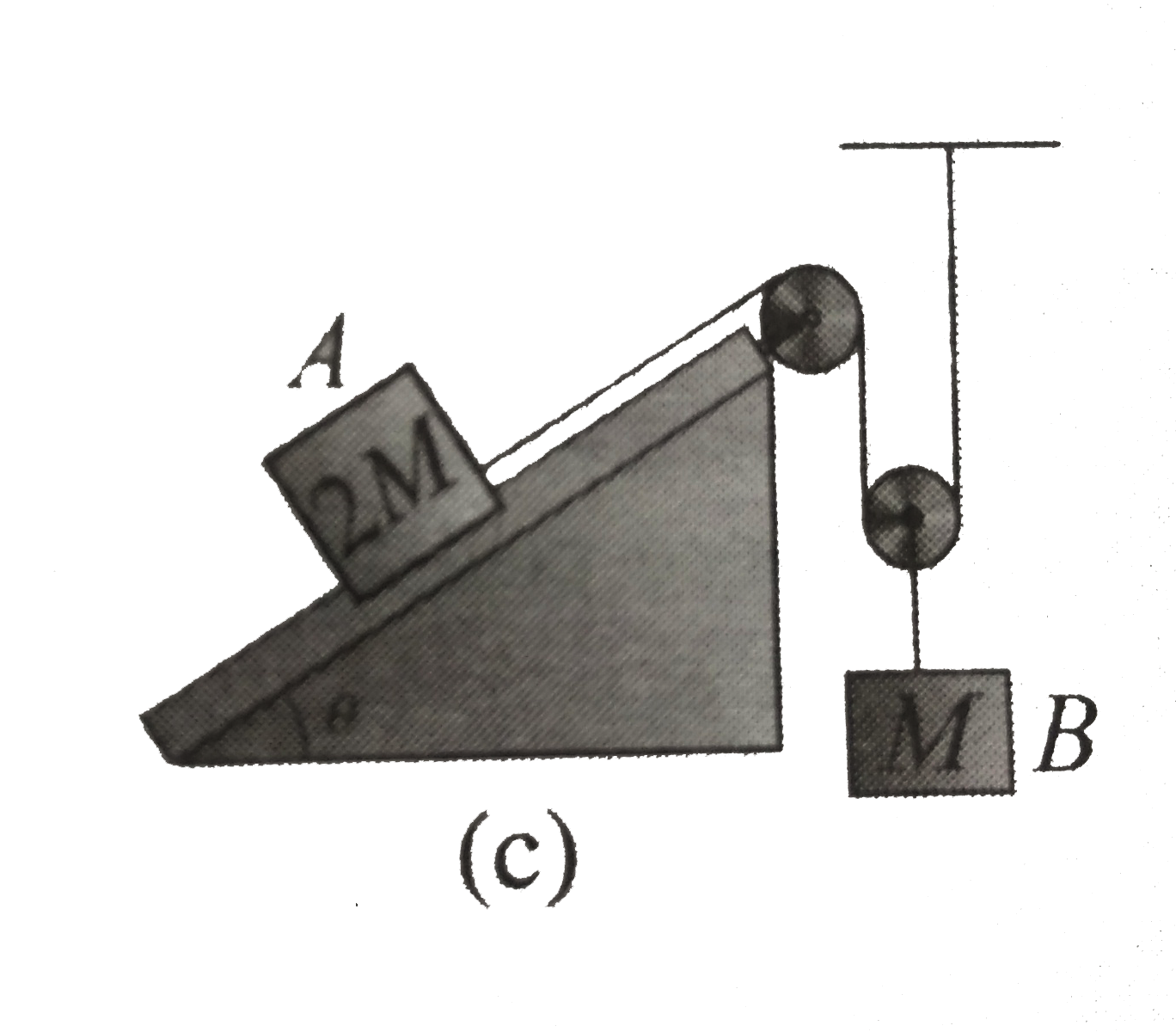

View SolutionIf the blocks A and B are moving towards each other with accelerations a and b shown in fig. find the net acceleration of block C.
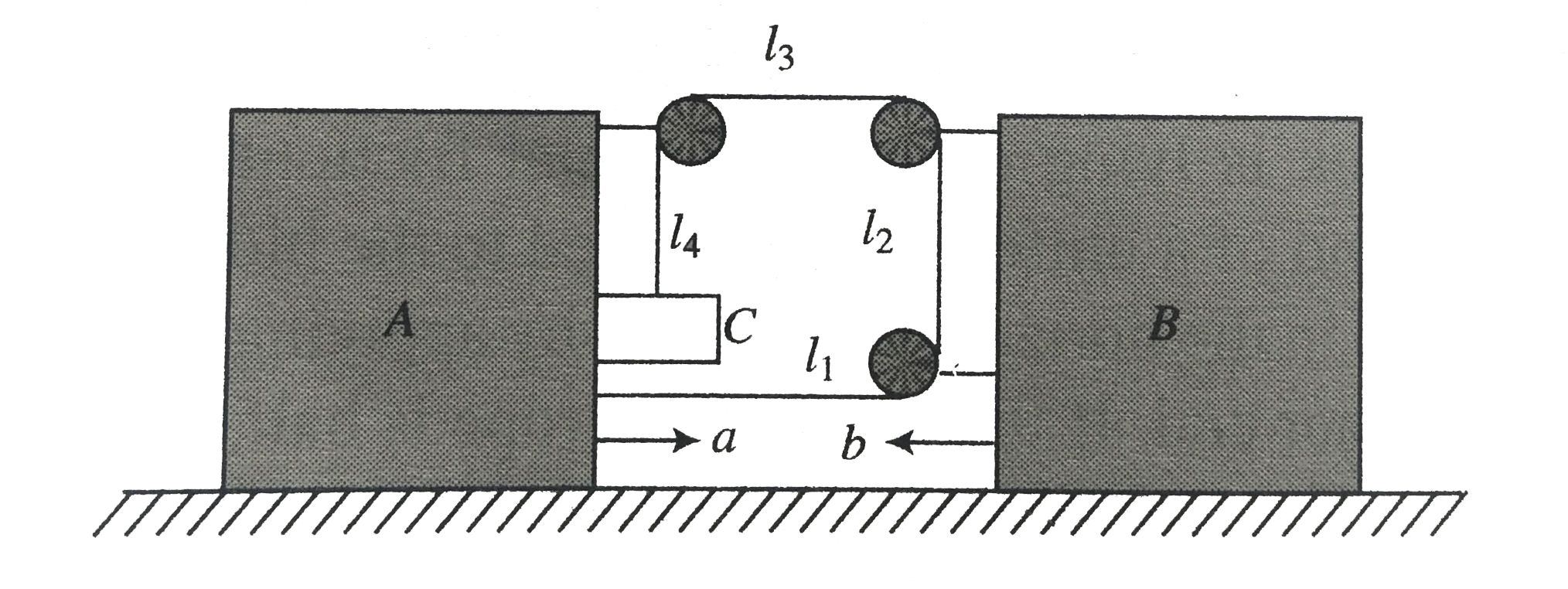
View SolutionFind the acceleration of block B as shown in fig. (a) and (b) relative to block A and relative to ground if block A is moving toward right with acceleration a.

View SolutionA block is released from A on a frictionless track as shown in Fig. 7.2.6. What is the magnitude of radial acceleration and the total acceleration of the block at B ?
View Solution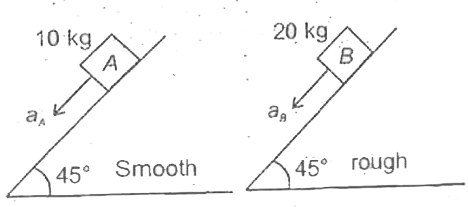
The ratio of acceleration of blocks A placed on smooth incline with block B placed on rough incline is 2:1. The coefficient of kinetic friction between block B and incline is
View SolutionTwo block A and B are arrenged as shown in figure (mA=5kgandmB=10kg) Find the acceleration of blocks if F=40N
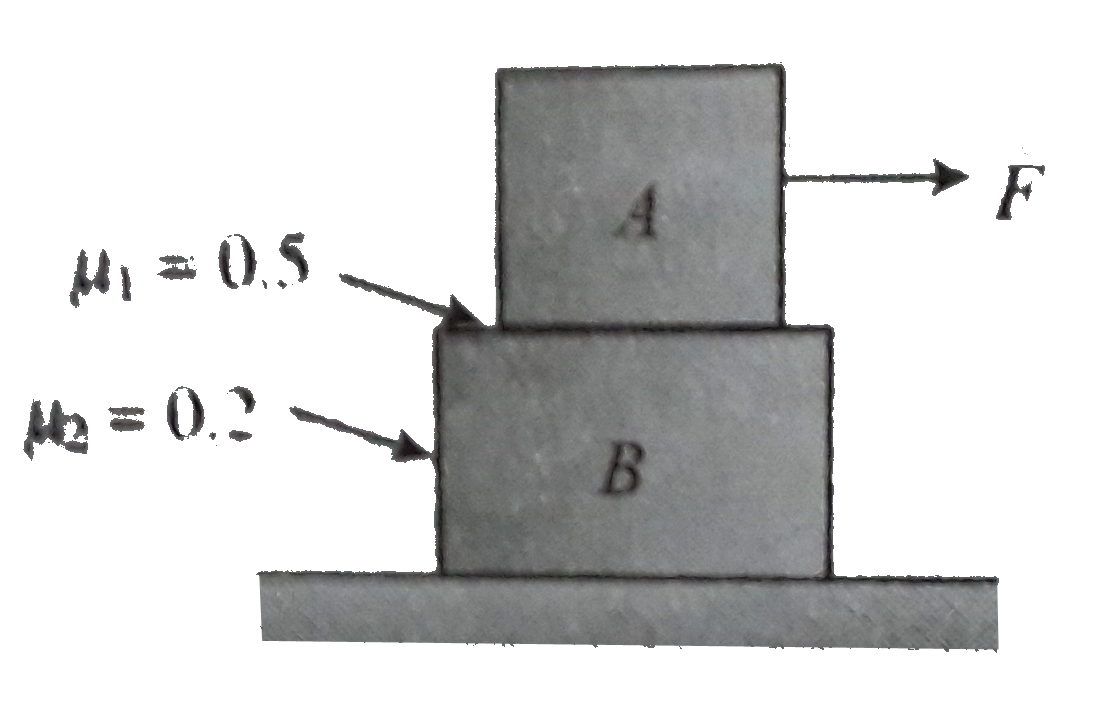
View SolutionBlock A is given an acceleration 12ms−2 towards left as shown in fig. Assuming block B always remains horizontal, find the acceleration (in ms−2) of B.
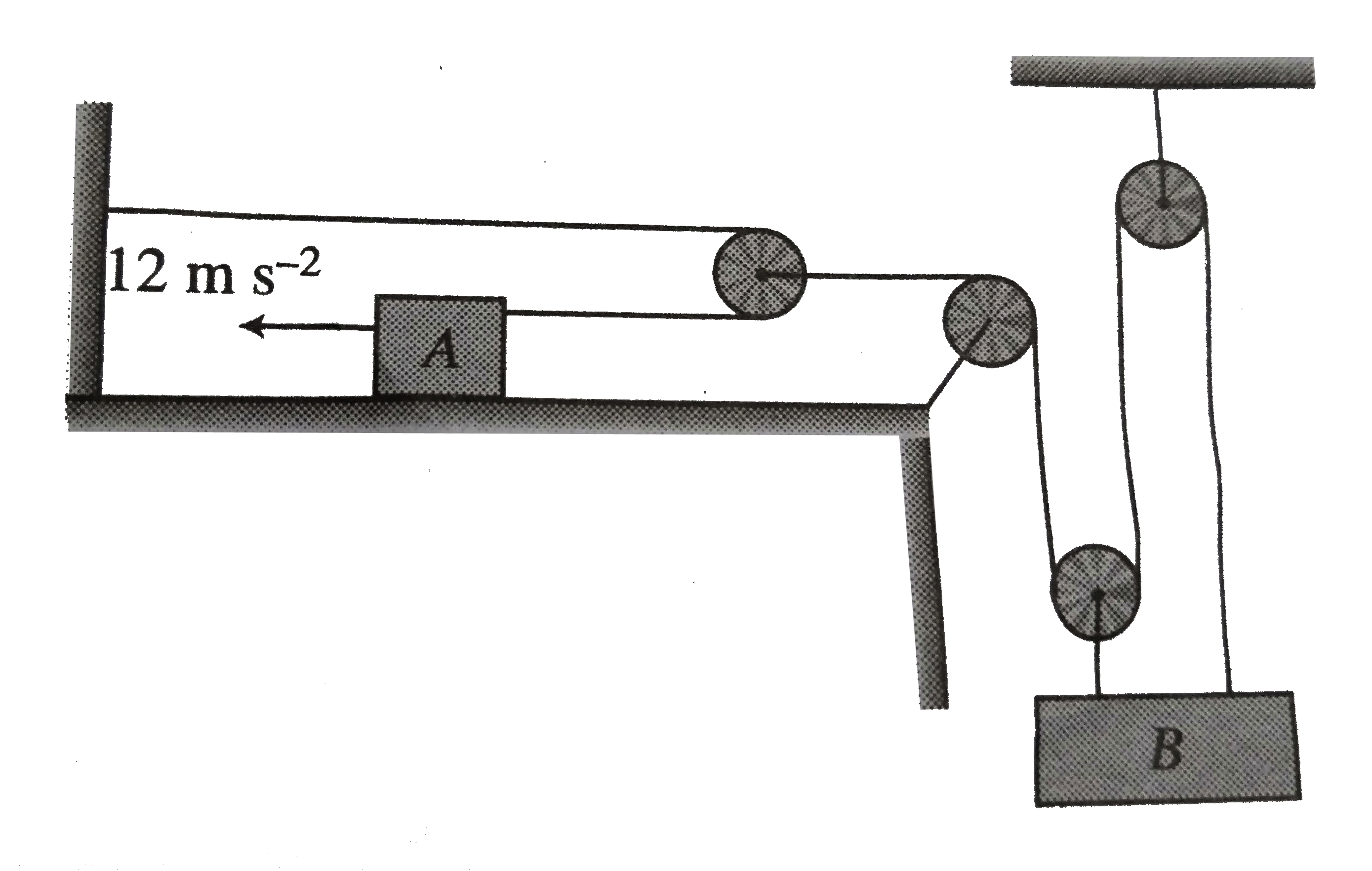
View SolutionThree blocks A , B and C of masses 4kg , 2kg and 1kg respectively are in contact on a frictionless surface, as shown. If a force of 14Nisappliedonthe4kgblock,thenthecontactforcebetweenAandB is.
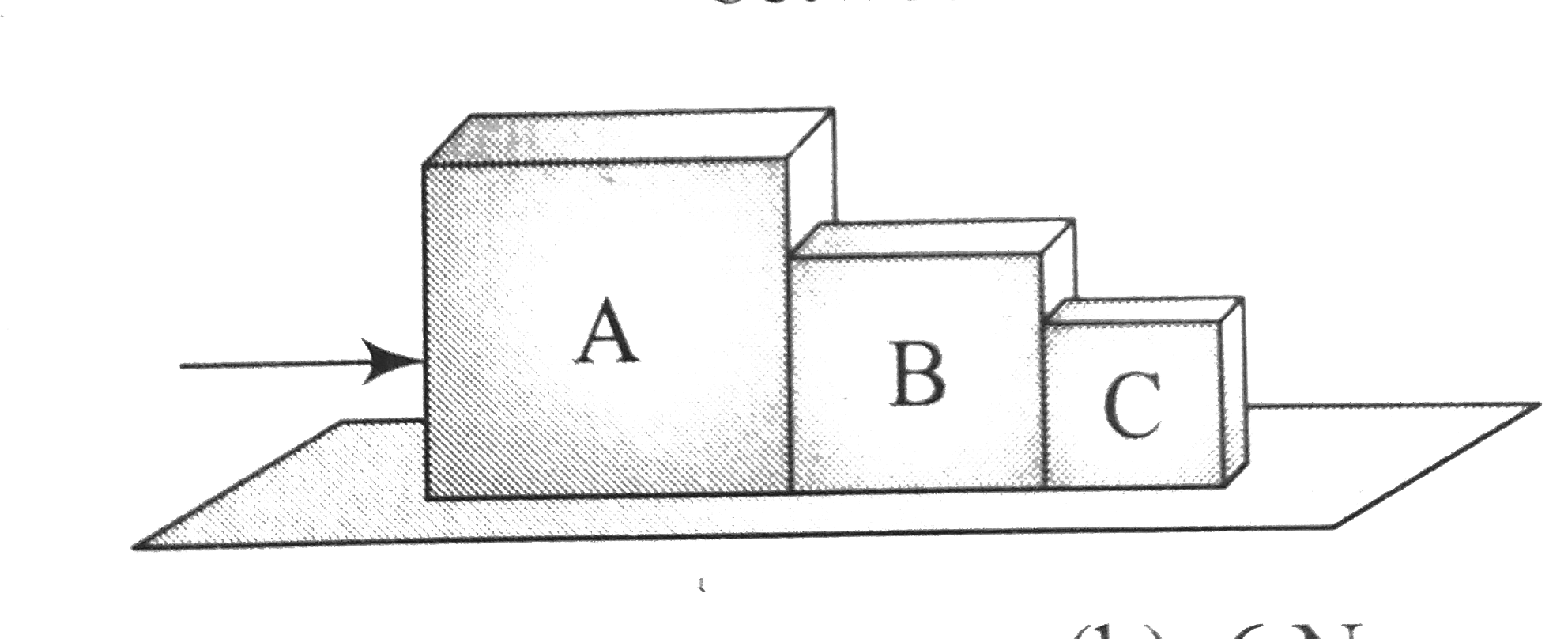
View Solution
